
Deodorant Making 101 (Incl For Sensitive Skin and Baking Soda Free)
Juliette van der MeerI’m really excited to share this blog with you. Making your own deodorants is such a wonderful and easy way of being healthier and kinder to the environment.
The Why and How on DIY Deodorants
I’ve used ‘alternative’ deodorants for about half my life now, beginning when my mom bought me a crystal deo stick as my first deodorant as a teen. My mom refused point blank to purchase anything going on my armpits with aluminium or alcohol in it; if I wanted conventional deos, I had to buy them with my own money. Looking back now, I’m grateful to her for introducing me to healthier, natural deos, as I now make my own and know exactly what is going into my skin and pores.
How Are Deodorants Dangerous?
As you may know, we have lymph nodes right in our armpits, and this area is a major site where foreign substances and infectious agents meet with the lymph (part of the immune system). So ask yourself:
Do you really want to be adding more chemicals to an already sensitive area of your body?
Healthier DIY deos largely eliminate this issue as they are free of aluminium, parabens, alcohol, propylene glycol, phthalates, and all the baddies and carcinogenic toxins found in conventional deodorants, and they are a great way of doing your bit to reduce chemicals and waste in the environment too. DIY deos are made from natural ingredients, many of which can be found around the home, and you can reuse the storage container so you are saving all those plastic roll-on bottles and pressurised cans from heading to the dump site when you’re finished with them. Along with all the other benefits, making your own deos can be really cost effective too. Many of the ingredients are household items and you only need to apply a very small amount at a time, making the deos long lasting.
Does DIY Deodorants work?
I’ve personally used many of the DIY deodorants mentioned below, and I can promise you that they work. I’m a fairly active person too, and I’ve never had a problem with odour or too much sweat. Please be aware however, that they are not antiperspirants which block your pores, they are merely deodorants, so you may sweat a little (sweating is actually incredibly healthy). Everyone’s skin is different and people react differently to substances, so you may need to try out a few until you find the deo that works for you. Some people may develop a rash, so please do a skin test first. But at least you won’t ever have yellow or white marks in the armpit region of your clothes again. You may even find yourself sweating less, as sweating is the body’s way of getting rid of toxins (conventional deos full of chemicals, alert!).
Do DIY Deodorants Give you Rashes?
Some people may develop a rash when their skin is exposed to baking soda. It may reveal itself quickly or it may take years to develop or it may never happen. The rash is due to baking soda having an alkaline pH, while our skin is naturally slightly acidic. If too high a concentration of baking soda is used, the skin may react to it, causing the rash. This is easily remedied by simply using less baking soda in your deodorant or just stopping use for a while.
DIY Deodorant Formulas:
Right, let’s get into some recipes. DIY deo ingredients include items found around the house such as baking soda, coconut oil and essential oils. Essential oils each have their own unique properties, but many are antibacterial, astringent, anti-inflammatory, and good for irritated or sensitive skin, so they are ideal for use in deodorants. Below are a few essential oil combinations you may like to try in your homemade deo, otherwise simply use your favorite oil.
- Citrus burst: lemon, sweet orange, grapefruit
- Forest fresh: frankincense, juniper berry, eucalyptus, grapefruit
- Sensitive skin: lavender, geranium, Roman chamomile
- Flower power: geranium, lavender, clary sage, ylang ylang
- Invigorating: rosemary, peppermint, lemon
Generally about 12-20 drops of essential oil is sufficient, depending on the quantity of deodorant you are making.





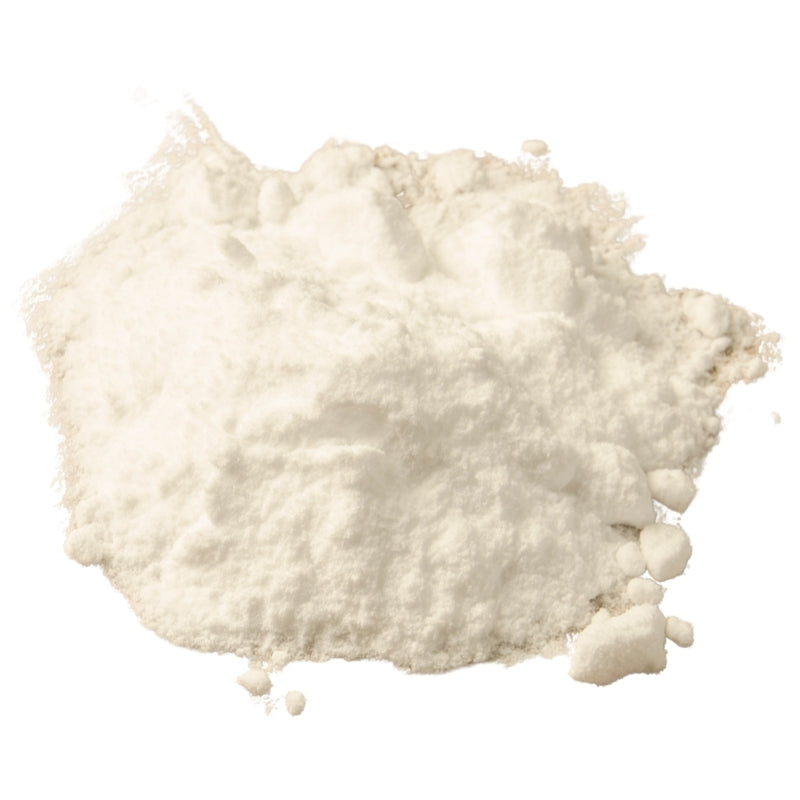


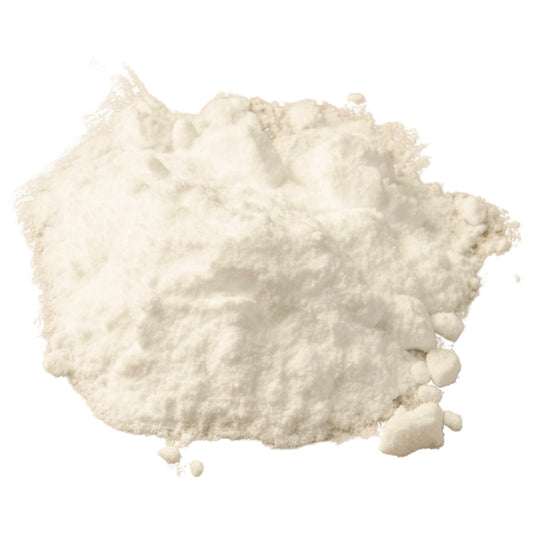
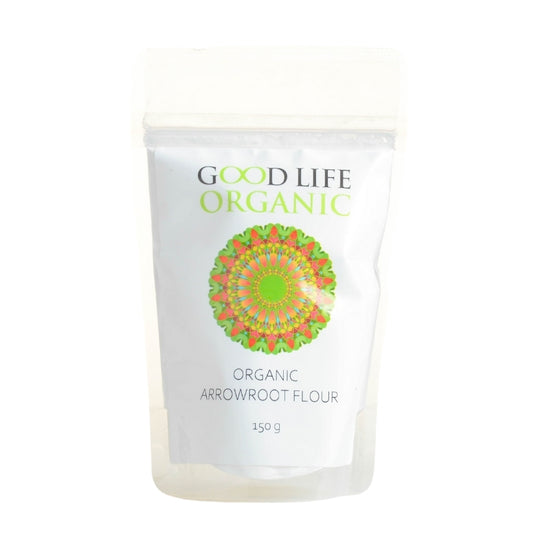
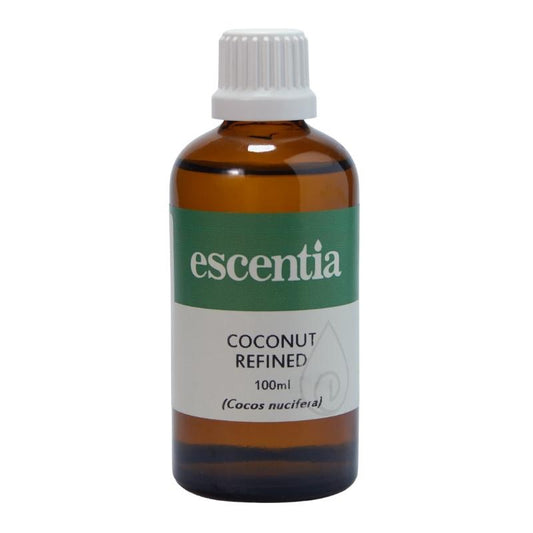





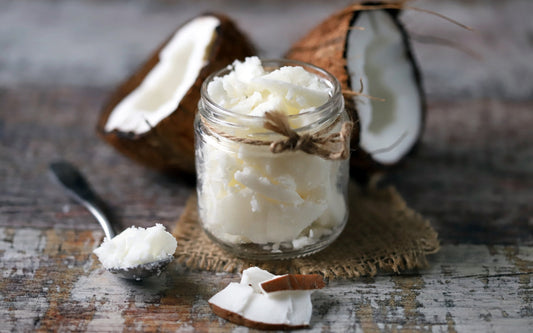


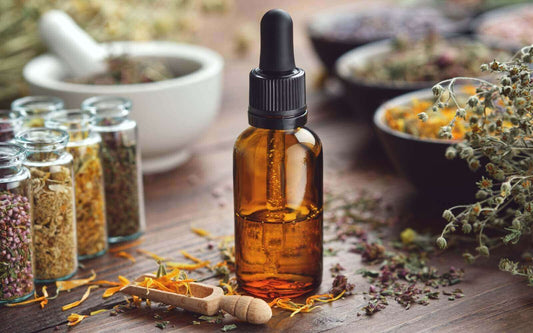


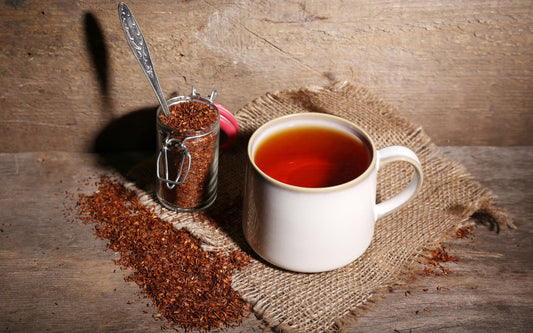





9 comments
It’s a pleasure Rene! Happy making :)
I love these home made deodrants! I will most definitely try it out but only the sensitive skin ones though as both my son and I have sensitive skin.
Thank you for sharing it with us!
Hi Ryan, how long have you left it to set for? Shea butter will usually set up overnight (you can even put it in the fridge to help). Otherwise in very hot weather the oils may melt a bit (for example coconut oil can liquify in hot weather) – try increasing the amount of shea butter and decreasing the coconut oil.
Hi! I tried the Shea Butter Deodorant, but it did not “set”, and is still fully liquid. Did I do something wrong?
Thanks
Thanks for sharing the recipes. Please add me to your newsletters.